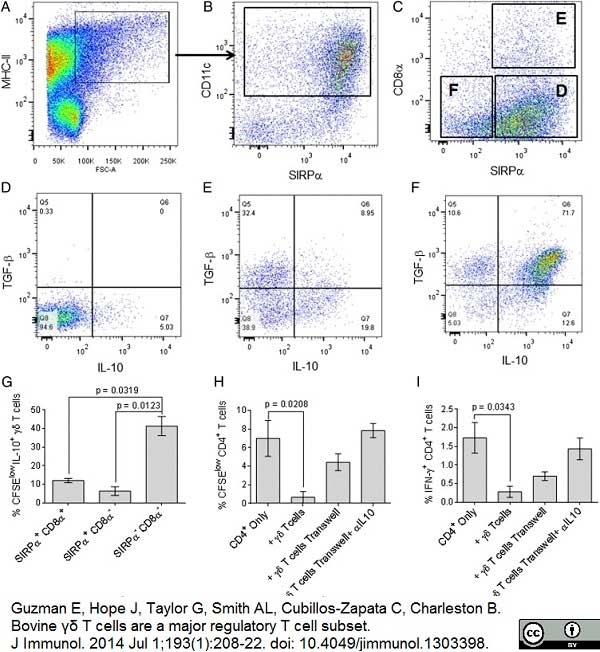

“The molecular chaperones are not like other proteins.” Morimoto, whose team studied the chaperone Hsp70 (a heat shock protein) and polyglutamine aggregates, the type of protein aggregate responsible for Huntington’s disease. “These observations provide the first visual study of this cell survival activity,” said Dr. This could suppress the aggregate’s growth, prolonging the life of the cell and delaying the onset of disease. Instead, the molecular chaperone is allowed, for reasons not fully understood, to do its work preventing healthy proteins essential to cell function from being bound to the aggregate, a biochemical “black hole.” The chaperone is continually sampling the aggregate to see what’s there and to release any healthy proteins from the aggregate’s clutches. But this clearly is not the case with the molecular chaperone.” This dynamic relationship is unusual because the aggregate, the result of a genetic mutation, brings healthy and otherwise normal proteins to aggregate irreversibly with them. “We observed that the chaperone is binding to and then coming off the aggregate all the time. “We now understand how the chaperone influences the aggregate’s toxic effect on the cell,” said Dr. The researchers have become the first to view, in living cells and in real time, the interactions between the beneficial molecular chaperone Hsp70 and the damaging protein aggregate, shedding light on how the chaperone works to minimize aggregate growth. Morimoto, PhD, John Evans Professor of Biology, now can answer that question. This question remained: How do the chaperones and aggregates interact with each other?Ī research team led by Richard I. Second, studies have shown that special protective proteins, called molecular chaperones, can suppress these toxic effects. First, misfolded and damaged proteins clump together to form toxic species that aggregate, destroy cell function and cause disease.
#Chaperone proteins in mad cow disease how to
The findings, which are published in the October 1 issue of Nature Cell Biology, could lead to an understanding of how to prevent these diseases and to the development of effective drugs.Īll human neurodegenerative diseases have two things in common. Contact: Megan Fellman at (847) 491-3115 or Discovery in Neurodegenerative DiseasesĮVANSTON, ILL.- Northwestern University scientists have made a key molecular discovery that has implications for a wide range of diseases characterized by the loss of nerve function, including Huntington’s, Parkinson’s, Alzheimer’s and Lou Gehrig’s diseases, cystic fibrosis, and Creutzfeldt-Jakob disease, the human form of mad cow disease.


 0 kommentar(er)
0 kommentar(er)
